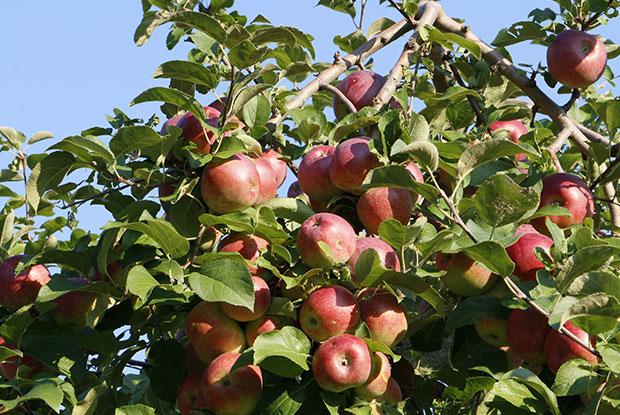By opening a tree up to air and light, pruning prevents diseases and improves fruit quality.
Formative pruning in the first few years of growth gives young trees a solid structure and a balanced shape.
In subsequent years, maintenance and fruiting pruning keeps mature trees healthy and bearing good quality fruit. Renovation pruning can restore vigour to a neglected tree or repair the structure of a damaged one.
Don't get carried away! Heavy pruning and over-fertilizing encourage vegetative growth to the detriment of fruit. It is important to maintain a balance between the development of the tree's roots and its aerial parts.
Removing branches always causes a reaction, which may be more or less severe depending on how much wood is removed. When a tree is pruned heavily, numerous vigorous, unproductive shoots will form on the branches (suckers) and at the base of the trunk (sprouts), and must be removed.
Consequently, pruning too heavily or at the wrong time can be more harmful than not pruning in the first place. The main goal of pruning is to correct major defects while maintaining the natural shape of the tree.






